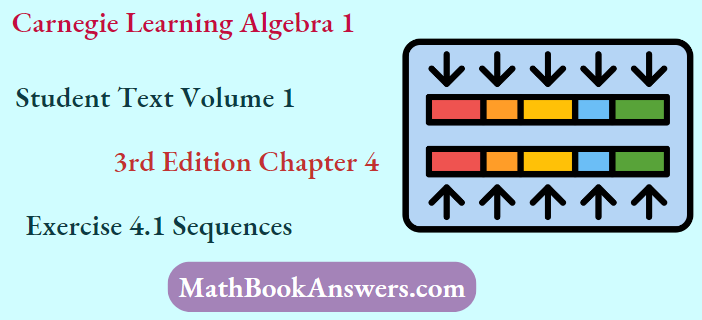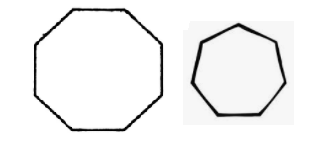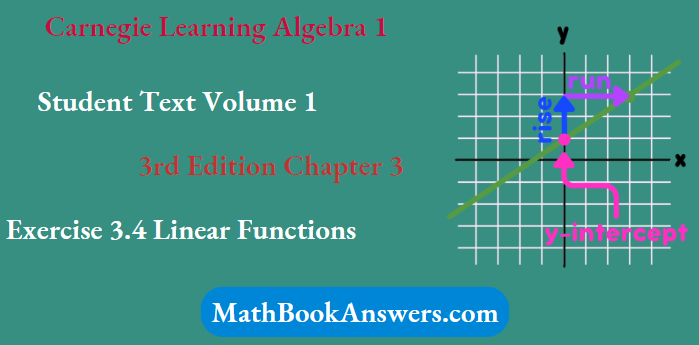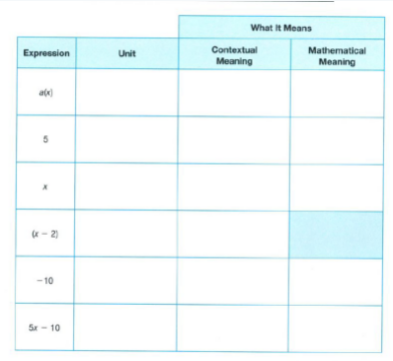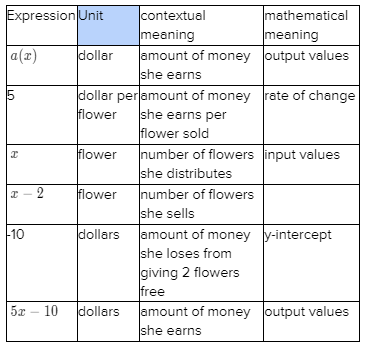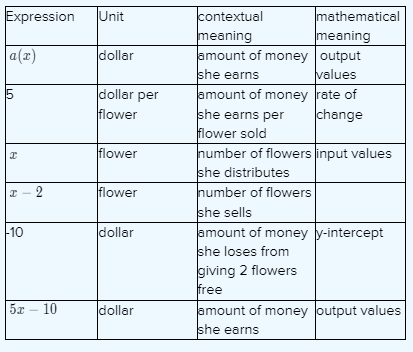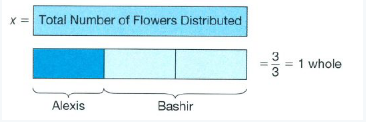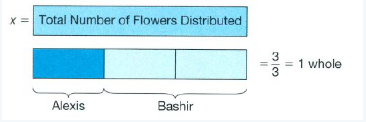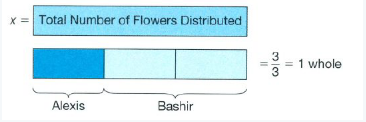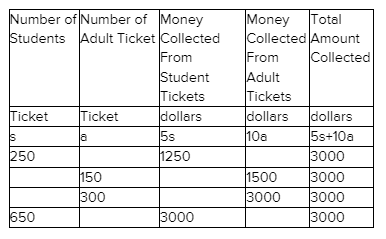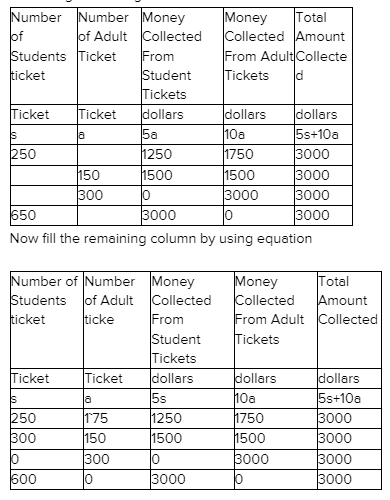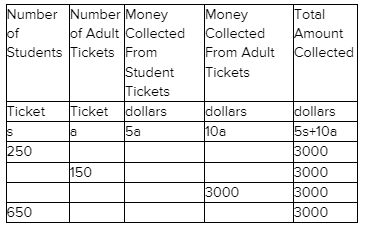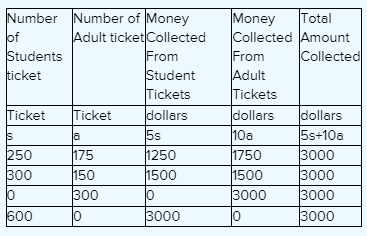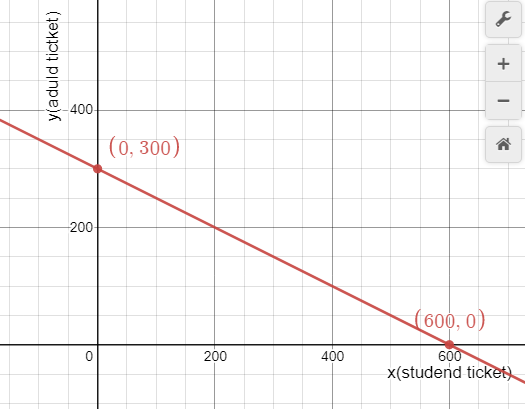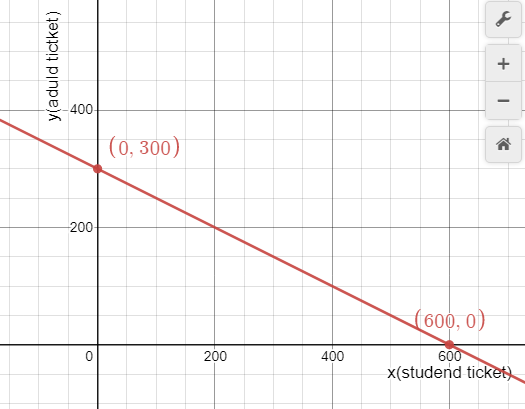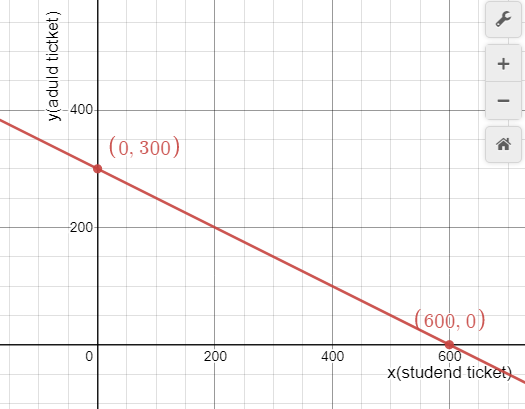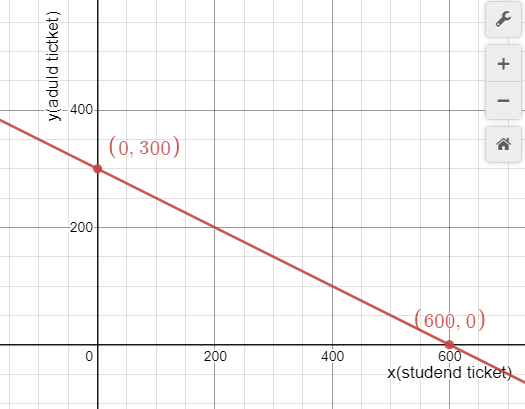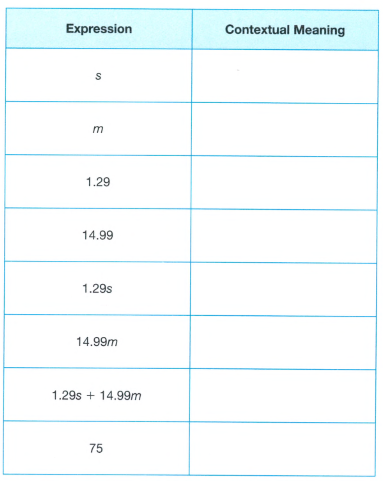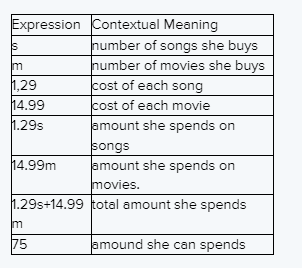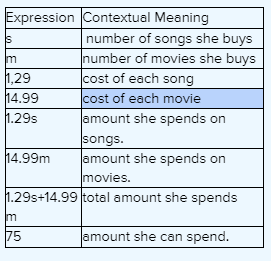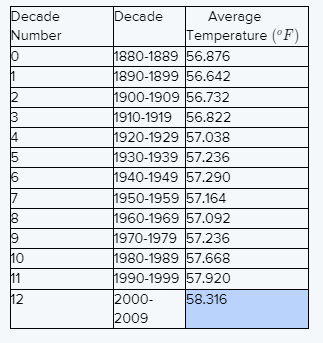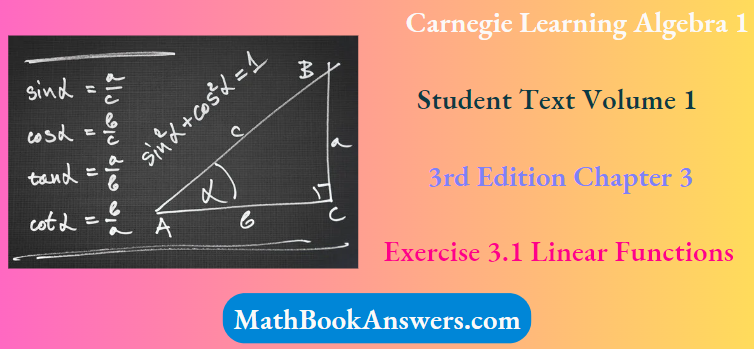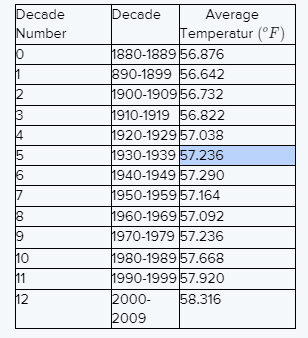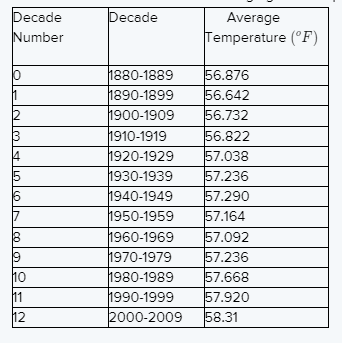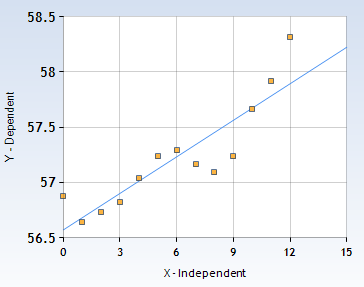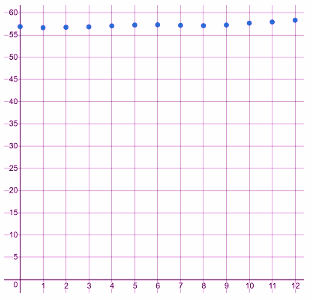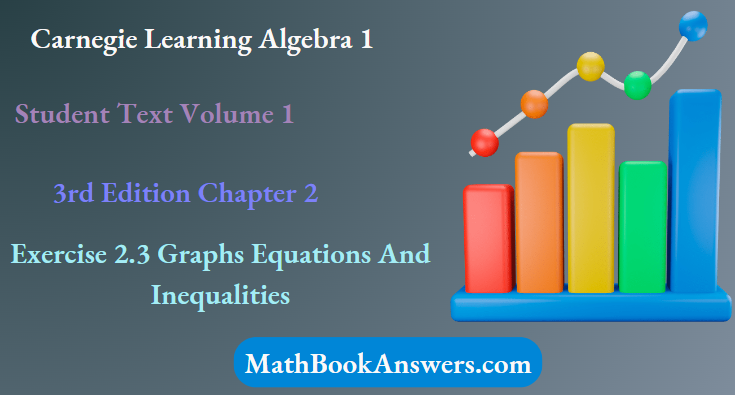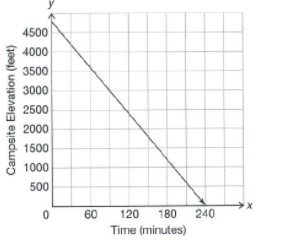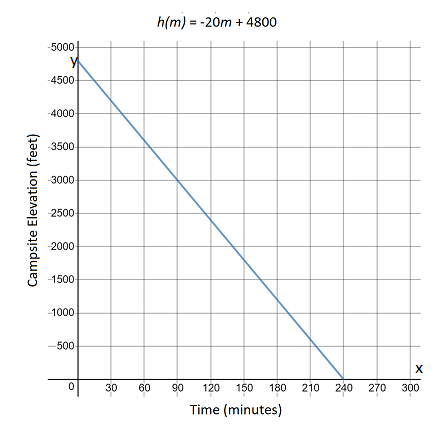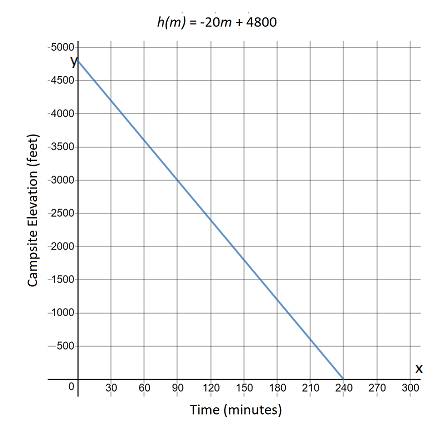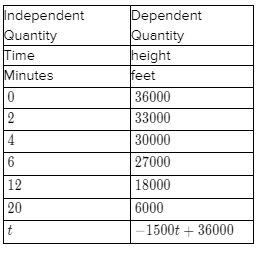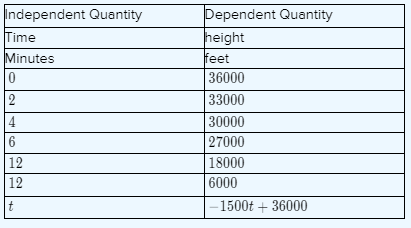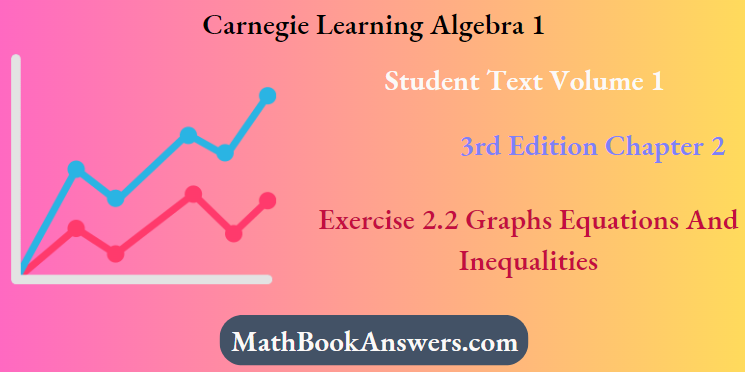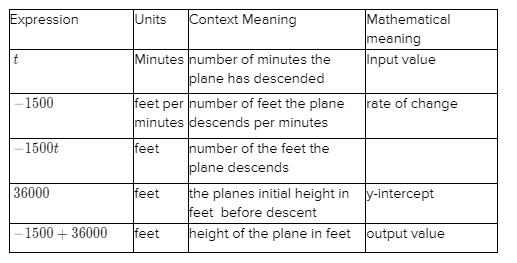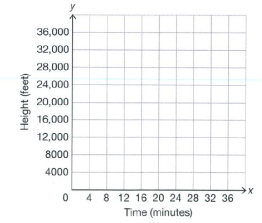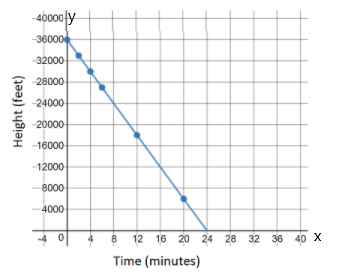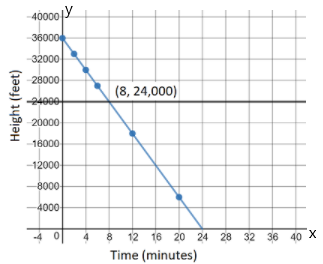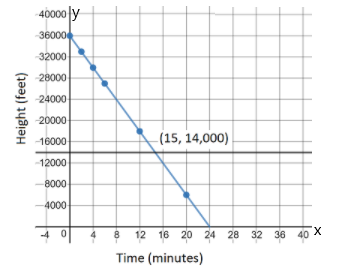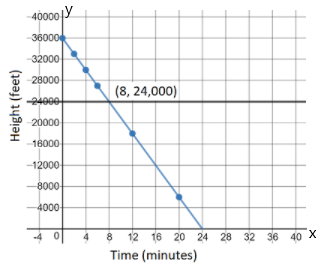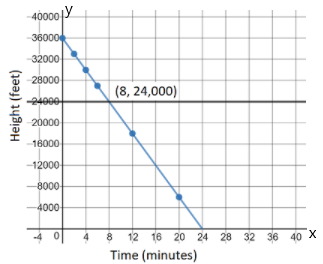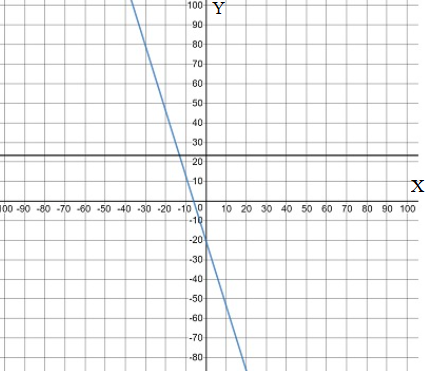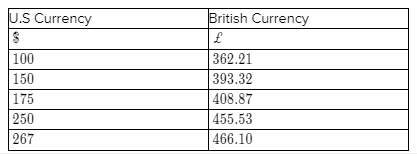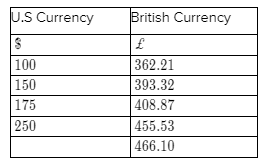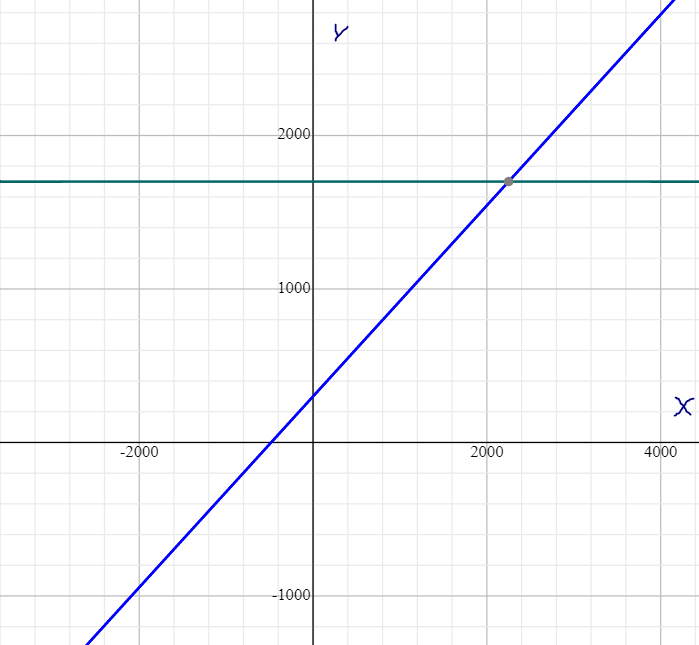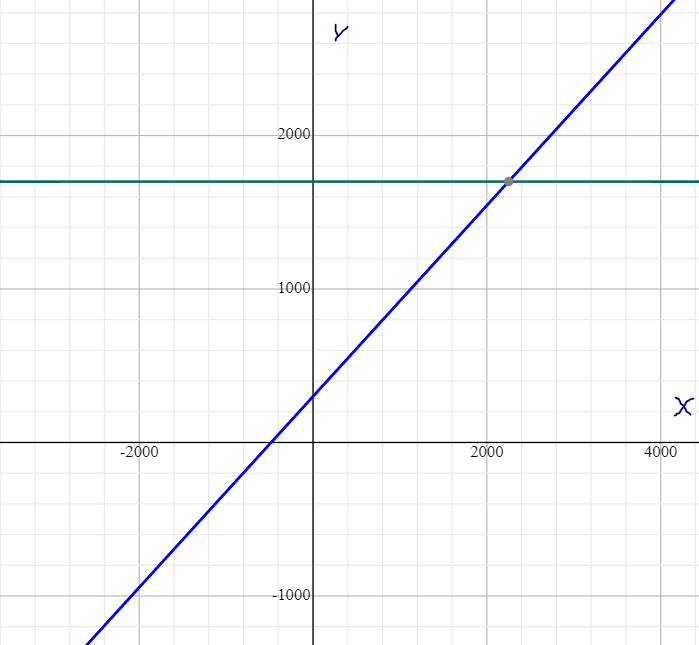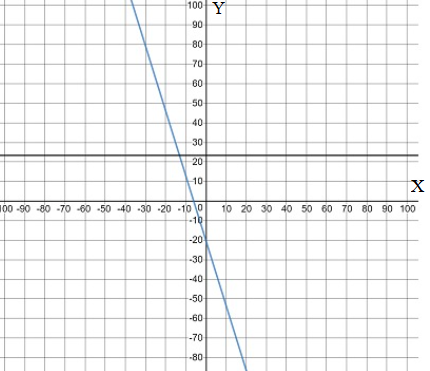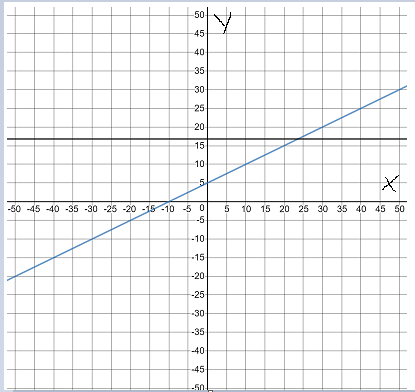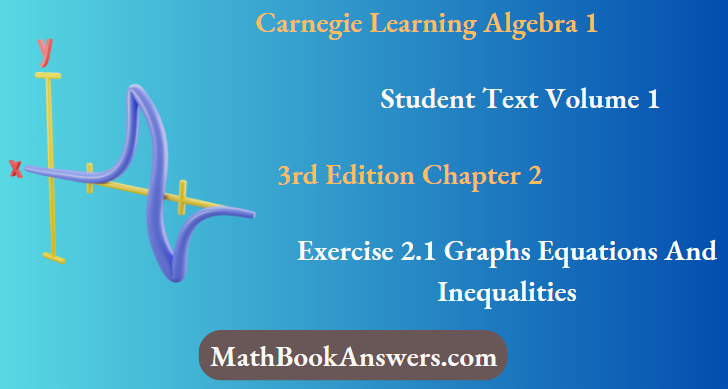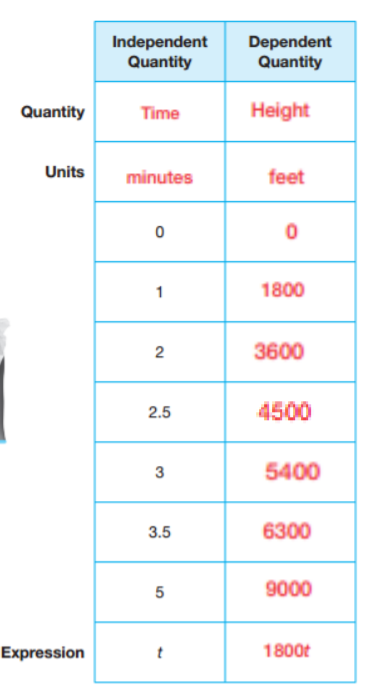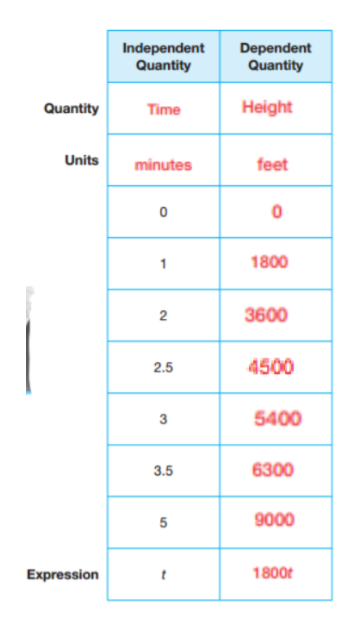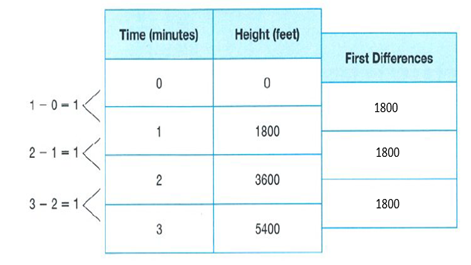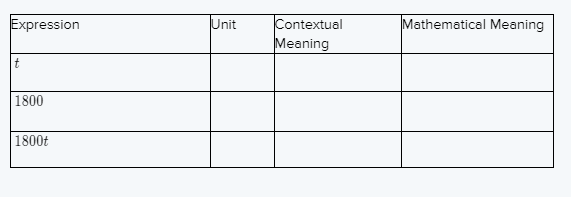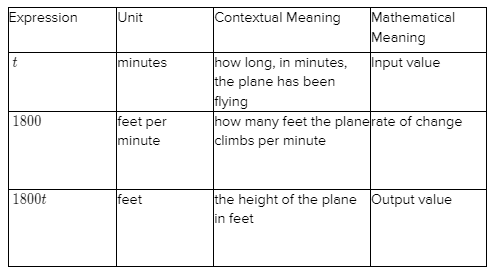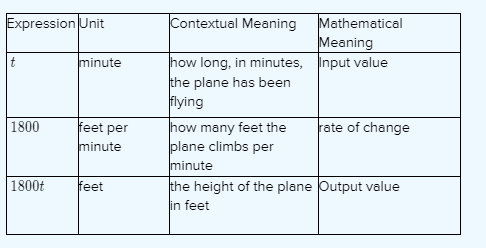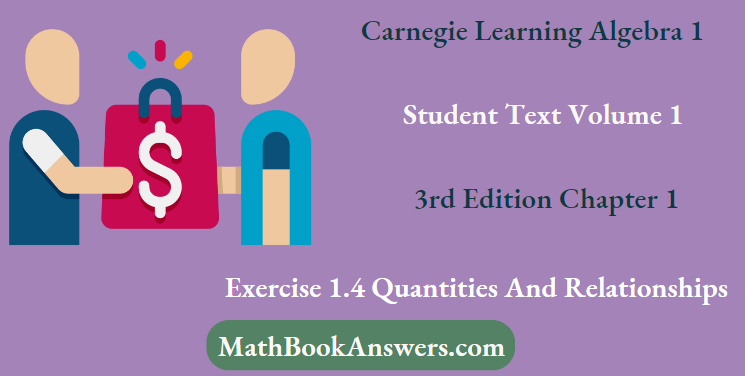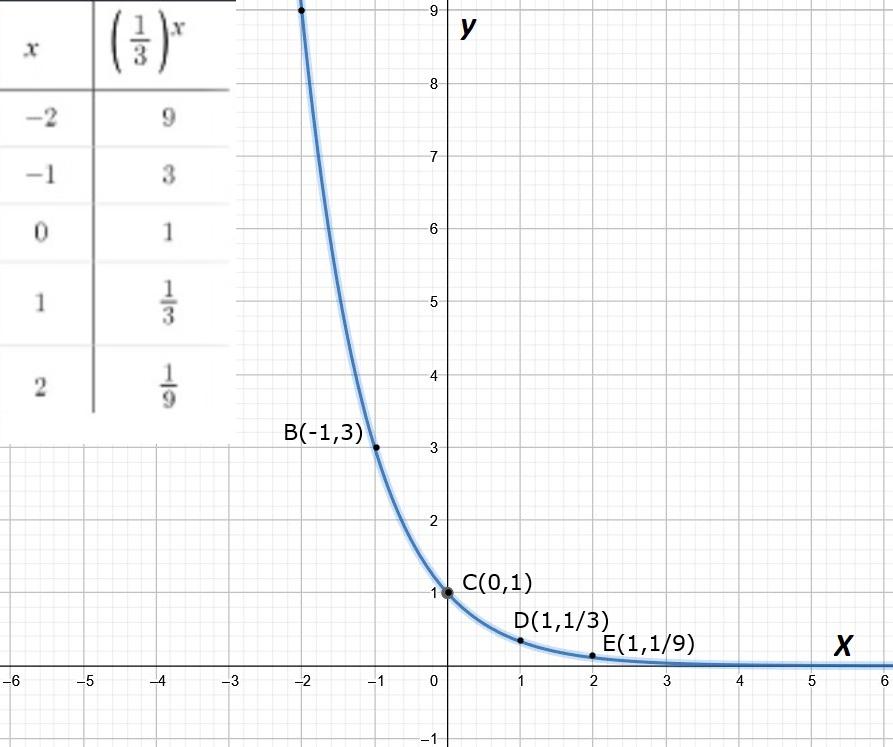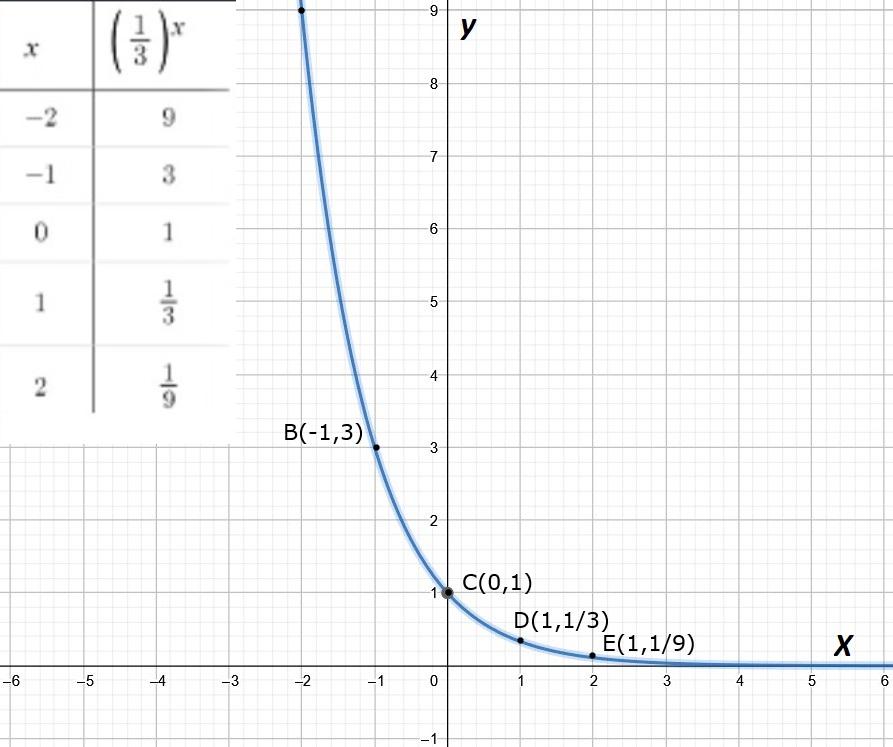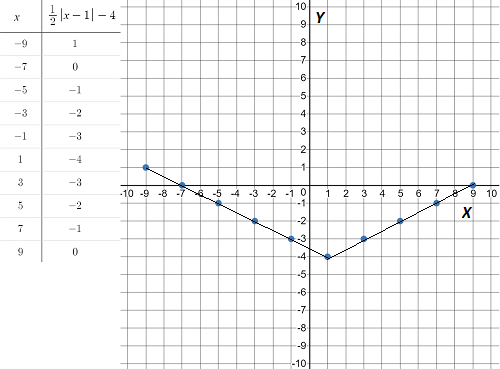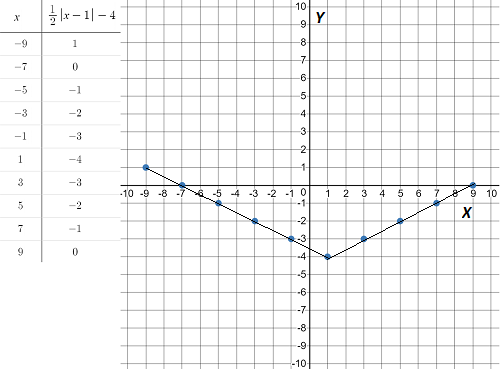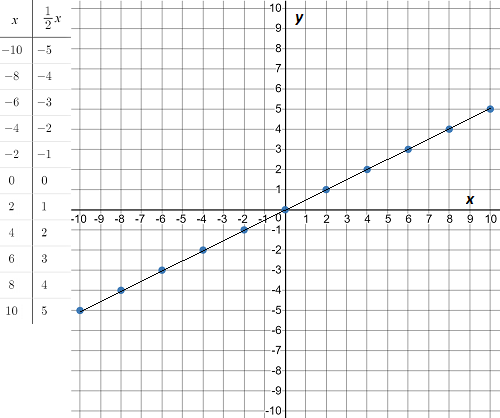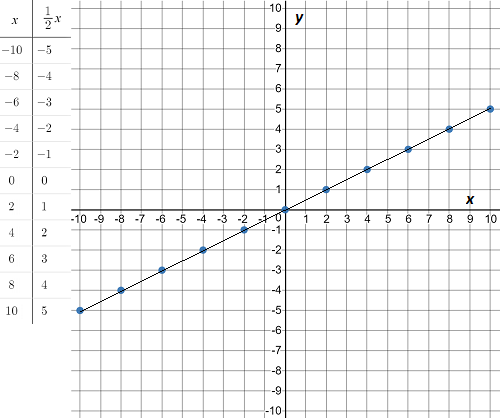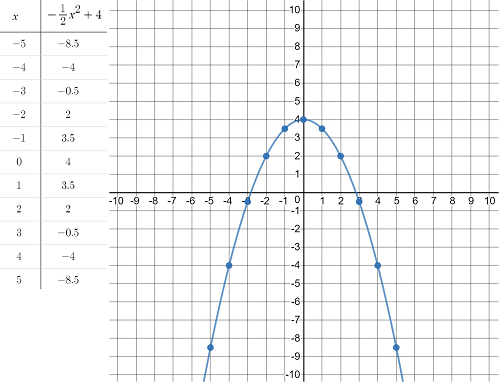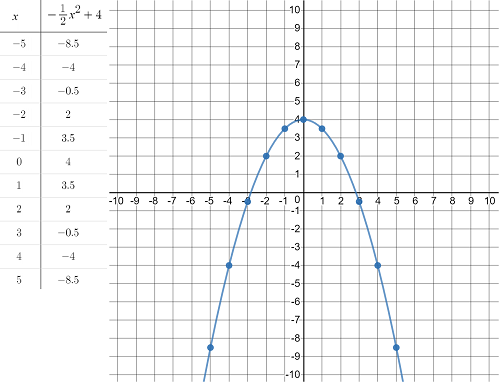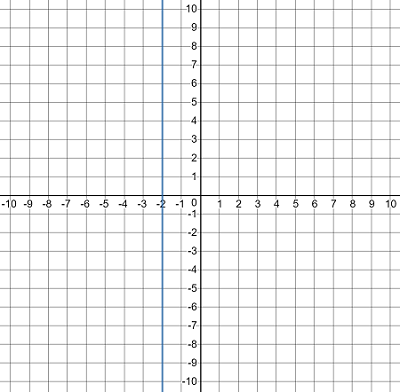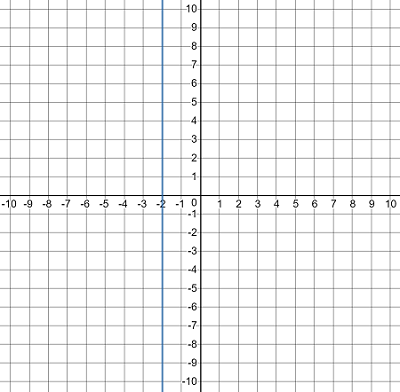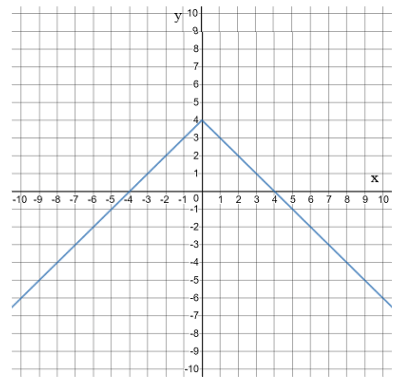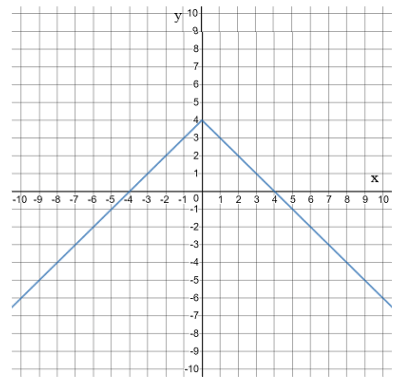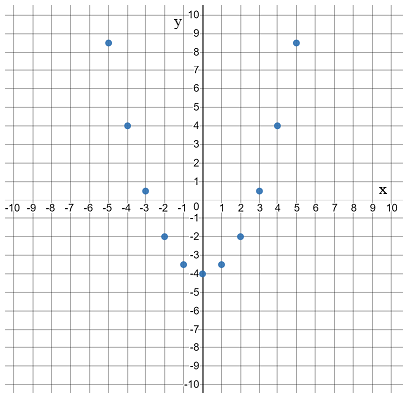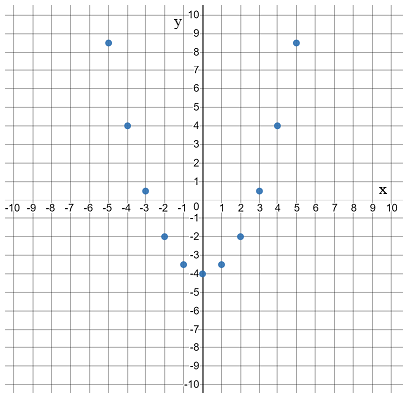Carnegie Learning Algebra I Student Text Volume 1 3rd Edition Chapter 4 Sequences
Page 224 Problem 1 Answer
We have been given to Carefully cut out sequences A through P. We have been asked to make sure you do not cut away the letter representing the sequence.By using the snipping tool, we will cut the sequences A through P and paste them one by one.
Sequence A-
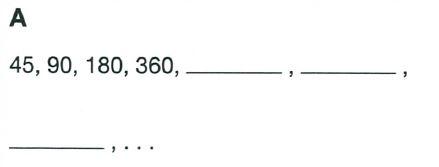
Sequence B-
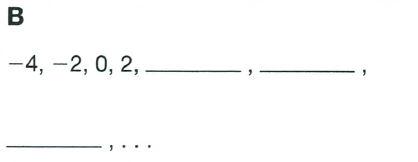
Sequence C-

Sequence D-
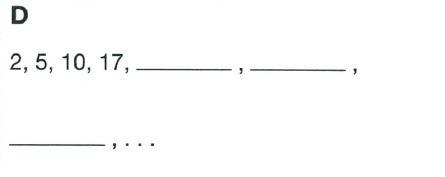
Sequence E-
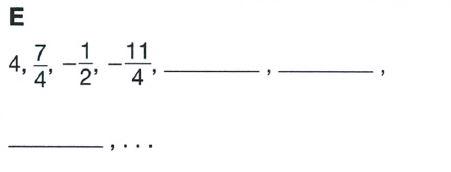
Sequence F-
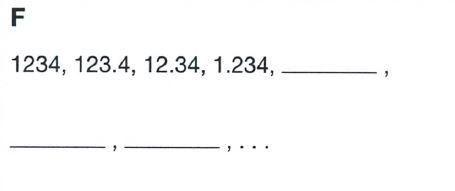
Sequence G-
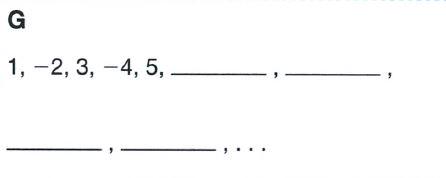
Sequence H-
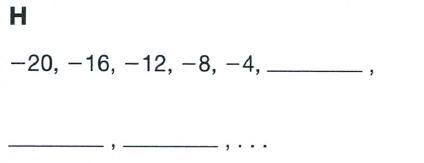
Sequence I-

Sequence J-

Sequence K-
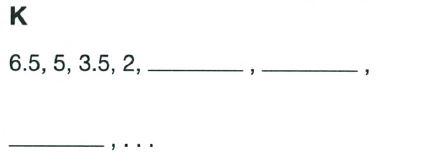
Sequence L-

Sequence M-

Sequence N-

Sequence O-
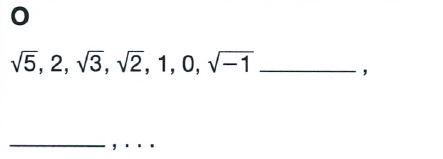
Sequence P-

The cutout of the Sequences A through P by ensuring that no sequence cut away the letter is-
Sequence A-
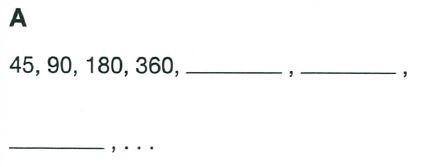
Sequence B-
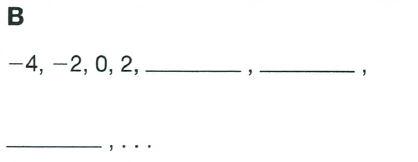
Sequence C-

Sequence D-

Sequence E-
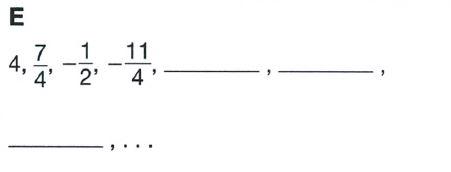
Sequence F-

Sequence G-
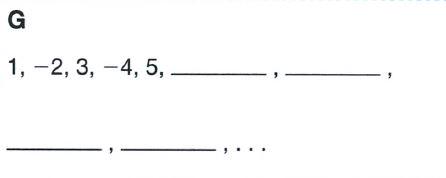
Sequence H-

Sequence I-

Sequence J-

Sequence K-
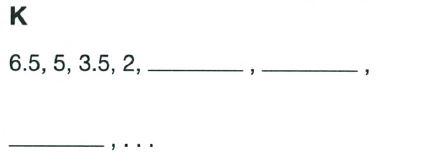
Sequence L-

Sequence M-

Sequence N-

Sequence O-

Sequence P-

Carnegie Learning Algebra I Chapter 4.2 Sequences Solutions
Carnegie Learning Algebra I Student Text Volume 1 3rd Edition Chapter 4 Exercise: 4.2 Sequences Page 224 Problem 2 Answer
We have been given to determine the unknown terms of each sequence.We have been asked to describe the pattern under each sequence.We will use the proprieties of sequence.
45,90,180,360,…
The solution goes this way:
45,45×2=90,92×2=180,180×2=360
The sequence follow the pattern of multiplication of 2 to the previous term to get to the next successive term.
So, a5=360×2=720
a6=720×2=1440
a7=1440×2=2880
The next numbers in the sequence are 720,1440,2880.
−4,−2,0,−2,…
In this sequence, the terms are proceeding further in +2 pattern. And thus following Arithmatic Progression.
a5=a4+2=2+2=4
a6=a5+2=4+2=6
a7=a6+2=6+2=8
The next numbers in the sequence are 4,6,8−2,−6,−18,−54,…
The solution goes this way:−2,−2×3=−6,−6×3=−18,−18×3=−54…and so on.
If we analyse this we find that the numbers in the sequence follows a certain pattern that is generated by multiplying the previous term with 3 and so on respectively.
Thus, the next numbers should be in this pattern:
a5=−54×3=−162
a6=−162×3=−486
a7=−486×3=−1458
The next numbers in the given sequence are −162,−486,−1458
2,5,10,17…and so on
The solution goes this way: 2,2+3=5,5+5=10,10+7=17,… and so on.
If we analyse this we find that the numbers in the sequence follows a certain pattern that is generated by adding successive numbers 3,5,7,9,11… and so on respectively, which are odd numbers.
Thus, the next numbers should in this pattern:
a5=17+9=26
a6=26+11=37
a7=37+13=50
The next numbers in the sequences are 26,37,50 E.4,7/4,1/2,−11/4.…
The solution goes this way:4,4−9/4=7/4,7/4−9/4=−2/4
=−1/2,−1/2−9/4
=−11/4 and so on.
If we analyse this we find that the numbers in the sequence follows a certain pattern that is generated by subtracting −9/4 from the previous term.
Thus, the next numbers should be in this pattern
a5=−11/4−9/4
=−20/4
a6=−20/4−9/4
=−29/4
a7=−29/4−9/4
=−38/4
The next numbers in the sequence are −20/4,−29/4,−38/4.
- 1234,123.4,12.34,1.234,…
The solution goes this way:
1234,1234/10
=123.4,123.4/10
=12.34,12.34/10
=1.234… and so on
If we analyse this we find that the numbers in the sequence follows a certain pattern that is generated by dividing the previous term by 1/10.
Thus, the next numbers should be in this pattern:
a5=1.234/10
=0.1234
a6=0.1234/10
=0.01234/a7
=0.01234/10
=0.001234
The next numbers are 0.1234,0.01234,0.001234
1,−2,3,−4,5,…
Firstly, we note that the absolute value of the terms increase by 1.
1,2,3,4,5,6,7,8,9,…
So, we can show the absolute value fo the nth term by n.
Secondly, we observed that the signs (+,−) of each term alternates, and we start with a positive term:+,−,+,−,+,−,+,−,+,−,+,−….
And, we can achieve the correct sign for the nth term by (−1)n+1
If we follow the above conclusions we get that,
The sign for fifth term is + and the term for it is 4+1=5
The sign for sixth term is −and the term for it is−(5+1)=−6
The sign for seventh term is + and the term for it is6+1=7
The next term of the sequence are 5,−6,7−20,−16,−12,−8,−4,…
In this sequence, the terms are proceeding further in +4 pattern.
Thus,
a5=a4+4=−4+4=0
a6=a5+4=0+4=4
a7=a6+4=4+4=8
The next terms are 0,4,8
1,10,100,1000,…
The solution goes this way: 1,1×10=10,10×10=100,100×10=1000 and so on
If we analyse this we find that the numbers in the sequence follows a certain pattern that is generated by multiplying 10 respectively
Thus, the next numbers should be in this pattern :
a5=1000×10=10000
a6=10000×10=100000
a7=100000×10=1000000
Thus, the next numbers are 10000,100000,1000000.
−5,−5/2,−5/4,−5/8.…
The solution goes this way:
−5,−5×1/2=−5/2,−5/2×1/2
=−5/4,−5/4×1/2
=−5/8….. and so on
If we analyse this we find that the numbers in the sequence follows a certain pattern that is generated by multiplying by 1/2 respectively
Thus, the next numbers should be in this pattern :
a5=−5/8×1/2=−5/16
a6=−5/16×1/2=−5/32
a7=−5/32×1/2=−5/64
The next terms in the sequence are −5/16,−5/32,−5/64,5,5,3.5,2,…
The solution is as follows: 6−5−1.5=5,5−1.5=3.5,3.5−1.5=2…and so on.
If we analyse this we find that the numbers in the sequence follows a certain pattern that is generated by subtracting 1.5 respectively from the previous term
Thus, the next numbers should be in this pattern :
a5=2−1.5=0.5
a6=0.5−1.5=−1
a7=−1−1.5=−2.5
The next terms in the given sequence are0.5,−1,−2.5
86,85,83,80,76,…
The solution is as followed: 86,86−1=85,85−2=83,83−3=80,80−4=76… and so on
If we analyse this we find that the numbers in the sequence follows a certain pattern that is generated by subtracting successive numbers 1,2,3,4… and so on respectively, which are natural numbers.
Thus, the next numbers shoule be in this pattern
a5=76−5=71
a6=71−6=65
a7=65−7=58
The next numbers in the sequence are 71,65,58
M.−16,4,−1,1/4.…
The pattern goes this way:−16,−16×(−1/4)=4,4×(−1/4)=−1,−1×(−1/4)=1/4 and so on
Firstly we note that the numbers are multiplied by−1/4 respectively from each previuos term.
Thus, the next numbers should be in this pattern
a5=1/4×(−1/4)=−1/16
a6=−1/16×(−1/4)=1/64
a7=1/64×(−1/4)=−1/256
The next numbers in the sequence are −1/16,1/64−1/256.
- 1473.2,1452.7,1432.2,1411.7,….
The solution is as followed:14732.2−2.5=1452.7,14527−20.5=1432.2,1432.2−20.5=1411.7 and so on
If we analyse this we find that the numbers in the sequence follows a certain pattern that is generated by subtracting 20.5 from each previous number.
Thus, the next numbers should be in this pattern:
a5=1411.7−20.5=1391.2
a6=1391.2−20.5=1370.7
a7=1370.7−20.5=1350.2
The next terms in the given sequence are 1391.2,1370.7,1350.2.
O.√5,2,√3,√2,1,0,√−1.…
The pattern goes this way: √5,√4=2,√3,√2,√1=1 and so on…
We observed that the pattern is the square root of natural numbers in receding order from 5.
Thus, the next numbers should be in this pattern :
a5=√−2
a6=√−3
a7=√−4
The next numbers in the sequence are √−2,√−3,√−4−4,12,−36,108,….
The solutions is as followed:−4,−4×(−3)=12,12×(−3)=−36,−36×(−3)=108 and so on Firstly, we observed that the previous numbers are multipled by -3 to get the next successive term.
Thus, the next numbers should be in this pattern:
a5=108×(−3)=−324
a6=−324×(−3)=972
a7=972×(−3)=−2916
The next terms in the given sequence are −324,972,−2916.
The next three terms for all the above given sequences are as follows:
A.720,1440,2880
B.4,6,8
C.−162,−486,−1458
D.26,37,50
E.−20/4,−29/4,−38/4.
F.0.1234,0.01234,0.001234
G.5,−6,7
H.0,4,8
I.10000,100000,1000000.
J.−5/16,−5/32,−5/64
K.0.5,−1,−2.5
L.71,65,58
M.−1/16,1/64,−1/256.
N.1391.2,1370.7,1350.2.
O.√−2,√−3,√−4
P.−324,972,−2916.
Carnegie Learning Algebra Sequences Exercise 4.2 Answer Key
Carnegie Learning Algebra I Student Text Volume 1 3rd Edition Chapter 4 Exercise: 4.2 Sequences Page 224 Problem 3 Answer
We have been given that sort the sequences into groups based on common characteristics.
We have been asked to list the letters of the sequences in each group and To provide a rationale as to why you created each group.
We will be Using the properties of sequence.
A sequence is an ordered list of objects. Like a set, it contains members (also called elements or terms).
The number of ordered elements (possibly infinite) is called the length of the sequence.
Unlike a set, order matters, and a particular term can appear multiple times at different positions in the sequence.
The sequence are grouped as
Adding/Subtracting: B,E,H,K,N
Multiplying/Dividing: A,C,F,I,J,M,P
Other Pattern: D,G,L,O
The sequence is an ordered list of elements, possibly infinite in length.
The sequence is grouped as:
Adding/Subtracting: B,E,H,K,N
Multiplying/Dividing: A,C,F,I,J,M,P
Other Pattern: D,G,L,O
Page 224 Problem 4 Answer
We are given a sequence 45,90,180,360,_,____,____.
We have to tell which mathematical operation can be performed in order to find the next terms of the sequence.
We will be using the mathematical operation concept to tell the required operation.
We are given a sequence45,90,180,360,____,____
The common ratio that we can observe here is 90/45
=2/180
90=2,so on
From the given sequence we can observe that the value of a second term can be obtained by multiplying 2 with the first term.
Similarly, the other terms can be obtained by multiplying 2 with the previous term.
The mathematical operation that can be used to obtain the rest terms of the sequence 45,90,180,360,_,__,__is multiplication
Page 224 Problem 5 Answer
We are given a sequence−4,−2,0,2,___,___We have to tell which mathematical operation can be performed in order to find the next terms of sequence
We will be using the mathematical operation concept to tell the required operation
We are given a sequence−4,−2,0,2,___,___
The common difference that we can observe here is −2−(−4)=2
0−(−2)=2,so on
From the given sequence we can observe that the value of a second term can be obtained by adding 2 with the first term.
Similarly, the other terms can be obtained by adding 2 with the previous term.
The mathematical operation that can be used to obtain the rest terms of the sequence −4,−2,0,2,____,_____,___is addition
Carnegie Learning Algebra 1 Volume 1 Chapter 4 Exercises Help
Carnegie Learning Algebra I Student Text Volume 1 3rd Edition Chapter 4 Exercise: 4.2 Sequences Page 224 Problem 6 Answer
We are given a sequence−2,−6,−18,−54,______,______We have to tell which mathematical operation can be performed in order to find the next terms of sequence We will be using the mathematical operation concept to tell the required operation
We are given a sequence−2,−6,−18,−54,______,______
The common ratio that we can observe here is −6/−2=3/−18−6=3,soon
From the given sequence we can observe that the value of a second term can be obtained by multiplying 3 with the first term.
Similarly, the other terms can be obtained by multiplying 3 with the previous term.
The mathematical operation that can be used to obtain the rest terms of the sequence−2,−6,−18,−54,___,____,____ is multiplication
Page 224 Problem 7 Answer
We are given a sequence2,5,10,17,__,__,____,_____
We have to tell which mathematical operation can be performed in order to find the next terms of sequence We will be using the mathematical operation concept to tell the required operation
We are given a sequence 2,5,10,17,____,_____,_____
We can observe here the difference between the numbers is odd numbers i.e.
5−2=3
10−5=5
17−10=7,so on
From the given sequence we can observe that the value of a second term can be obtained by adding an odd number starting with 3 to the first term.
Similarly, the other terms can be obtained by adding odd numbers with the previous term.
The mathematical operation that can be used to obtain the rest terms of the sequence 2,5,10,17,____,_____,_____ is addition
Page 224 Problem 8 Answer
We are given a sequence 4,7/4,−1/2,−11/4
We have to tell which mathematical operation can be performed in order to find the next terms of the sequence.
We will be using the mathematical operation concept to tell the required operation.
From the given sequence we can observe that the value of a second term can be obtained by subtracting 9/4 with the first term.
Similarly, the other terms can be obtained by subtracting 9/4 with the previous term.
We are given a sequence 4,7/4,−1/2,−11/4
We can observe the common difference as
4−7/4=9/4
7/4−(−1/2)=9/4,so on
From the given sequence we can observe that the value of a second term can be obtained by subtracting with the first term.
Similarly, the other terms can be obtained by subtracting with the previous term.
The mathematical operation that can be used to obtain the rest terms of the sequence 4,7/4,−1/2,−11/4 is the subtraction.
Algebra I Sequences Chapter 4.2 Carnegie Textbook Guide
Carnegie Learning Algebra I Student Text Volume 1 3rd Edition Chapter 4 Exercise: 4.2 Sequences Page 224 Problem 9 Answer
We are given a sequence1234,123.4,12.34,1.234,____,___
We have to tell which mathematical operation can be performed in order to find the next terms of the sequence.
We will be using the mathematical operation concept to tell the required operation
We are given a sequence1234,123.4,12.34,1.234,_____,______
Here, we can observe a common ratio of 123.4/1234=1/10
12.34/123.4=1/10,so on
From the given sequence we can observe that the value of a second term can be obtained by multiplying with 1/10 to the first term.
Similarly, the other terms can be obtained by multiplying each term with 1/10 to the previous term.
The mathematical operation that can be used to obtain the rest terms of the sequence 1234,123.4,12.34,1.234, _____,______ is the multiplication
Page 224 Problem 10 Answer
We are given a sequence1,−2,3,−4,5,______,_____
We have to tell which mathematical operation can be performed in order to find the next terms of the sequence.
We will be using the mathematical operation concept to tell the required operation.
We are given a sequence1,−2,3,−4,5,_____,____
We can observe here a pattern like adding one and then multiplying with −1 and then subtracting one and multiplying with−1i.e.
(1+1)⋅−1=−2
(−2−1)⋅−1=3
(3+1)⋅−1=−4,so on
The mathematical operations that can be used to obtain the rest terms of the sequence1,−2,3,−4,5,_____,____ are addition, subtraction and multiplication
Page 224 Problem 11 Answer
We are given a sequence−20,−16,−12,−8,−4,___,____,_____
We have to tell which mathematical operation can be performed in order to find the next terms of the sequence.
We will be using the mathematical operation concept to tell the required operation.
We are given a sequence−20,−16,−12,−8,−4,_____ here, we can observe a common difference of 4 i.e.−16−(−20)=4−12−(−16)=4,so on
From the given sequence we can observe that the value of a second term can be obtained by adding 4 with the first term.
Similarly, the other terms can be obtained by adding 4 with the previous term.
The mathematical operation that can be used to obtain the rest terms of the sequence−20,−16,−12,−8,−4,_____ is the addition.
Page 224 Problem 12 Answer
We are given a sequence1,10,100,1000,….,……
We have to tell which mathematical operation can be performed in order to find the next terms of the sequence.
We will be using the mathematical operation concept to tell the required operation
We are given a sequence1,10,100,1000,….,……
Here, we can observe a common ratio of 10/1
=10/100
10=10,so on
From the given sequence we can observe that the value of a second term can be obtained by multiplying 10 with the first term.
Similarly, the other terms can be obtained by multiplying 10 with the previous term.
The mathematical operation that can be used to obtain the rest terms of the sequence 1,10,100,1000,….,…… is the multiplication.
Solutions For Carnegie Algebra I Chapter 4.2 Sequences
Carnegie Learning Algebra I Student Text Volume 1 3rd Edition Chapter 4 Exercise: 4.2 Sequences Page 224 Problem 13 Answer
We are given a sequence−5,−5/2,−5/4,−5/8
We have to tell which mathematical operation can be performed in order to find the next terms of the sequence.
We will be using the mathematical operation concept to tell the required operation.
We are given a sequence−5,−5/2,−5/4,−5/8
Here, we can observe a common ratio of −5/2−5
=1/2−5/4−5/2
=1/2,so on
From the given sequence we can observe that the value of a second term can be obtained by multiplying the first term with 1/2.
Similarly, the other terms can be obtained by multiplying the previous term with 1/2 he mathematical operation that can be used to obtain the rest terms of the sequence −5,−5/2,−5/4,−5/8 is the multiplication.
Page 224 Problem 14 Answer
We are given a sequence6.5,5,3.5,2,……………
We have to tell which mathematical operation can be performed in order to find the next terms of the sequence.
We will be using the mathematical operation concept to tell the required operation.
We are given a sequence6.5,5,3.5,2,……………
Here, we can observe a common difference as6.5−5=1.5
5−3.5=1.5,soon
From the given sequence we can observe that the value of a second term can be obtained by subtracting 1.5 with the first term.
Similarly, the other terms can be obtained by subtracting 1.5 with the previous term.
The mathematical operation that can be used to obtain the rest terms of the sequence 6.5,5,3.5,2,…………… is the subtraction.
Page 224 Problem 15 Answer
We are given a sequence86,85,83,80,76,____,_____
We have to tell which mathematical operation can be performed in order to find the next terms of the sequence.
We will be using the mathematical operation concept to tell the required operation.
We are given a sequence 86,85,83,80,76,___,_____
We can observe here the difference between the numbers is natural numbers i.e.
86−85=1
85−83=2
83−80=3,so on
From the given sequence we can observe that the value of a second term can be obtained by subtracting a natural number from the first term.
Similarly, the other terms can be obtained by subtracting natural numbers from the previous term.
The mathematical operation that can be used to obtain the rest terms of the sequence 86,85,83,80,76,___,_____ is the subtraction.
Carnegie Learning Algebra I Student Text Volume 1 3rd Edition Chapter 4 Exercise: 4.2 Sequences Page 224 Problem 16 Answer
We are given a sequence as−16,4,−1,1/4.We are asked to give a mathematical expression that can be performed in order to determine the next terms of the given sequence.
For that, we will use the general formula of terms of a geometric progression that is arn−1, where a,n, and r is the first term, the number of terms, and the common difference of the g.p. respectively.
We will use the general formula of geometric progression that is arn−1 to determine the next terms of the given geometric operation−16,4,−1,1/2.
Page 224 Problem 17 Answer
We are given a sequence as1473.2,1452.7,1432.2,1411.7
We are asked to give a mathematical expression that can be performed in order to determine the next terms of the given sequence.
For that, we will use the general formula a+(n−1)d, wherea,n,and d are the first term, the number of terms, and the common difference of an arithmetic sequence respectively.
The mathematical expression a+(n−1)d can be performed to determine the next terms of the given sequence1473.2,1452.7,1432.2,1411.7
Page 224 Problem 18 Answer
We are given a sequence as √5,2,√3,√2,1,0,√−1
We are asked to give a mathematical expression that can be performed in order to determine the next terms of the given sequence.
For that, we can use a general formula √6−n where n is the number of terms in the given sequence.
The mathematical expression√6−n can be used to determine the next terms of the given sequence √5,2,√3,√2,1,0,√−1
Page 224 Problem 19 Answer
We are given a sequence as−4,12,−36,108
We are asked to give a mathematical expression that can be performed in order to determine the next terms of the given sequence.
For that, we will use a general formula arn−1 where a,n,and r are the first term, the number of terms, and the common ratio of a geometric sequence respectively.
The mathematical expression arn−1 can be used to determine the next terms of the given sequence−4,12,−36,108
Page 230 Problem 20 Answer
We are given an arithmetic sequence as 11,9,7,5 having the common difference of−2.
We are asked how would the pattern change if we take a new sequence having the same starting number as the given sequence, but its common difference is 4.
The given example started at11 and had a common difference of−2.
If the common difference is 4, the pattern would become an addition of 4,instead of an addition of−2.
The pattern would become an addition of 4,instead of an addition of−2.
Page 230 Problem 21 Answer
We are given an arithmetic sequence as11,9,7,5,………..has its common difference d=−2.
We are asked whether the given sequence remains arithmetic if we change the common difference to 4.
The given sequence will remain arithmetic as it still has a common difference d=4.
A sequence having the same starting point as the given sequence11,9,7,5………,but its common difference is 4 is also an arithmetic sequence.
Because all the sequences having a common difference between their consecutive terms are arithmetic sequences.
Carnegie Learning Algebra I Student Text Volume 1 3rd Edition Chapter 4 Exercise: 4.2 Sequences Page 230 Problem 22 Answer
We are given an arithmetic equation as11,9,7,5,………..has the common difference,d=−2.
We are asked to write the first five terms of a sequence having the same starting number as the given sequence, but its common difference is 4.
For that, we will use the formula An=a+(n−1)d wherea,n, and d are the first term, the number of terms, and the common difference of a sequence respectively.
We are given the first term,a=11 and the common difference,
d=4 of a sequence.
Now we will use these values in the formula An=a+(n−1)d, we get
The second term of the sequence
A2=11+(2−1)4
=11+4
=15
The third term of the sequence is
A3=11+(3−1)4
=11+8
=19
The fourth term of the sequence
A4=11+(4−1)4
=11+12
=23
The fifth term of the sequence
A5=11+(5−1)4
=11+16
=27
The first five terms of a sequence having the first term,a=11 and the common difference d=4 are11,15,19,23 and 27.
Page 230 Problem 23 Answer
We are given a set of sequences.
We are asked to list those sequences that are arithmetic.
For that, we will find the common difference of each sequence.
We are given,B=−4,−2,0,2,……. is an arithmetic sequence as it has a common difference of 2.
H=−20,−16,−12,−8,………..is an arithmetic sequence as it has a common difference of 4.
J=−5,−5/2,−5/4,−5/8,………. is an arithmetic sequence as it has a common difference of 5/2.
K=6.5,5,3.5,2,………. is an arithmetic sequence as it has a common difference of−1.5
N=1473.2,1452,7,1432.2,……… Is an arithmetic sequence as it has a common difference of−20.5.
B,H,J,K,N are the arithmetic sequences in problem 1.
Carnegie Algebra 1 Sequence Problems Explained
Carnegie Learning Algebra I Student Text Volume 1 3rd Edition Chapter 4 Exercise: 4.2 Sequences Page 230 Problem 24 Answer
We are given a set of sequences.
We are asked to write the common difference of each arithmetic sequence.
For that, we will find the difference between the successive term of a sequence.
We are given B,E,H,K,N are arithmetic sequences.
Now we will find the difference between the successive term of a sequence, we get
The common difference of
Sequence B is d=2
Sequence H is d=4
Sequence J is d=5/2
Sequence K Is d=−1.5
Sequence N is d=−20.5.
The common difference on each arithmetic sequence B,H,J,K,N is 2,4,−5/2,−1.5,−20.5.
Page 231 Problem 25 Answer
We are given a geometric sequence as1,2,4,8….. having its common ratio r=2
We are asked how would the pattern change if we consider a sequence having the same starting number as the given sequence, but its common ratio is 3.
The given sequence started at 1 and had a common ratio of 2. If the common ratio is 3, the pattern would become multiplied by 3 instead of multiplied by 2.
The pattern change of the given sequence is1,3,9,27,…. having the common ratio is 3.
Carnegie Learning Algebra I Student Text Volume 1 3rd Edition Chapter 4 Exercise: 4.2 Sequences Page 231 Problem 27 Answer
We are given a geometric sequence1,2,4,8,…….
We are asked whether the new sequence has the same starting number as the sequence in the worked example, but its common ratio of 3, is still a geometric sequence.
Yes, the sequence is still geometric since the sequence still has a common ratio,
The new sequence has the common ratio 3 is still a geometric sequence.
Page 231 Problem 28 Answer
We are given a geometric sequence1,2,4,8,…….having the common ratio of 2.
We are asked to write the first 5 terms for the new sequence having the same starting number as the sequence in the worked example, but its common ratio is 3.
For that, we will use the general formula arn−1
Where a,r and n are the first term, the common ratio, and the number of terms of a geometric sequence.
We are given
The first term,a=1
The common ratio,r=3
Now we will use the formula a rn−1 to determine the first five terms of the sequence, we get
The second term of the sequence
=1(3)2−1
=(3)1
=3
The third term of the sequence
=1(3)3−1
=(3)2
=9
The fourth term of the sequence
=1(3)4−1
=(3)3
=27
The fifth term of the sequence
=1(3)5−1
=34
=81
The first five terms for the new sequence are : 1,3,9,27,81
Page 232 Problem 29 Answer
We have been given a sequence as the same starting number and its common ratio is 1/3
We have been asked How would the pattern change.We will use the property of sequence.
The common ratio is 1/3.
The worked out example started at 1 which means the first term is 1 and had common ratio of 2.
If the common ratio is 1/3, the pattern would become multiplied by 1/3 instead of multiplied by 2.
The pattern would change as : the pattern would become multiplied by 1/3 instead of multiplied by 2.
Carnegie Learning Algebra I Student Text Volume 1 3rd Edition Chapter 4 Exercise: 4.2 Sequences Page 232 Problem 30 Answer
We have been given a sequence has the same starting number and its common ratio is 1/3.
We have been asked that Is the sequence still geometric? Why or why not.As the common ratio is 1/3.
Therefore, Yes, the sequence is still geometric because the sequence still has a common ratio.
We conclude that Yes, the sequence is still geometric since the sequence still has a common ratio.
Page 232 Problem 31 Answer
We have been given a sequence has the same starting number and its common ratio is 1/3.
We have been asked the first 6 terms for the new sequence.
We will use the Sequence method.
The common ratio is 1/3.
Let, the first 6 terms for the new sequence : a1,a2,a3,a4,a5,a6
The first term is a1=1
So, the next five terms are :
a2:1⋅1/3=1/3
a3:1/3(1/3)=1/9
a4:1/9(1/3)=1/27
a5:1/27(1/3)=1/81
a6:1/81(1/3)=1/243
Hence, the new sequence is : 1,1/3,1/9,1/27,1/81,1/243
The first 6 terms of new sequence are : 1,1/3,1/9,1/27,1/81,1/243
Page 232 Problem 32 Answer
We have been given a sequence has the same starting number and its common ratio is−2.
We have been asked the how would the pattern change.
The common ratio is−2.
The worked out example started at 1 which means the first term is 1 and had a common ratio is 2.
If the common ratio is−2, the pattern would become multiply by−2 instead of multiply by 2.
The pattern would change as : the pattern would become multiplied by−2 instead of multiplied by 2.
Carnegie Learning Algebra I Student Text Volume 1 3rd Edition Chapter 4 Exercise: 4.2 Sequences Page 232 Problem 33 Answer
We have been given a sequence has the same starting number and its common ratio is−2.
We have been asked that Is the sequence still geometric? Explain your reasoning.
As The common ratio is−2.
Yes, the sequence is still geometric because the sequence still has a common ratio.
Yes, the sequence is still geometric because the sequence still has a common ratio.
Page 232 Problem 34 Answer
We have been given a sequence has the same starting number and its common ratio is−2
We have been asked to find the first 6 terms for the new sequence.We will use the Sequence method.
The common ratio is −2.
Let, the first 6 terms of the new sequence are : a1,a2,a3,a4,a5,a6
The first term is a1=1
So, the other five terms are :
a2:1(−2)=−2
a3:−2(−2)=4
a4:4(−2)=−8
a5:−8(−2)=16
a6:16(−2)=−32
Hence, the new sequence is :1,−2,4,−8,16,−32
The first 6 terms for the new sequence are :1,−2,4,−8,16,−32
Page 232 Problem 35 Answer
We have been given two statements are given by Devona and Chase and a sequence.
We have been asked who is correct and explain the reason.
The common ratio is the value which we multiply by to get to the next term.
Dividing by 3 is the same as multiplying by 1/3. So, the common ratio is 1/3.
Therefore, Devon a is correct.
Devon is correct as we come to conclusion that 1/3 is a common ratio.
Page 233 Problem 36 Answer
In this question, we have to analyze the sequences we cut out in Problem 1.
We have to list those sequences that are geometric.
As we know, a geometric sequence is a sequence of numbers in which the ratio of every two consecutive numbers is always a constant.
In problem 1, we cut out the sequences through A to P.
From the sequences A to P, the sequences that had to multiply or divide were A,C,F,I,J,M, and P so these sequences are geometric.
The sequences that are geometric from A to P is A,C,F,I,J,M,and P.
Page 233 Problem 37 Answer
In this question, we have to analyze the sequences we cut out in Problem 1.
We have to write the common ratio on each geometric sequence we cut out.
As we know, a geometric sequence is a sequence of numbers in which the ratio of every two consecutive numbers is always a constant.
In problem 1, we cut out the sequences through A to P.
Sequence A was multiplying by 2 so the common ratio is r=2.
Sequence C was multiplying by 3 so the common ratio is r=3.
Sequence F was multiplying by 0.1 so the common ratio is r=0.1,
Sequence I was multiplying by 10 so the common ratio is r=10.
Sequence Jwas dividing by 2 so the common ratio is r=1/2.
Sequence M was dividing by−4 so the common ratio is r=−1/4.
Sequence P was multiplying by−3 so the common ratio is r=−3.
The common ratio in each geometric sequence A,C,F,I,J,M,P we cut out is2,3,0.1,10,1/2,−1/4,−3.
Page 233 Problem 38 Answer
In this question, we have to consider the sequences from problem 1 that are neither arithmetic nor geometric.
We have to list those sequences.As we know, a geometric sequence is a sequence of numbers in which the ratio of every two consecutive numbers is always a constant.
And we also know that the arithmetic sequence is a sequence of numbers that follow a pattern of adding a fixed number from one term to the next.
In problem 1, the sequences we are given is A to P.
The sequences that were categorized as other Pattern were D,G,L, and O.
So, these are the sequences that are neither arithmetic nor geometric.
The sequence through A to P which are neither arithmetic nor geometric is D,G,L,O.
Page 233 Problem 39 Answer
In this question, we have to consider the sequences from problem 1 that are neither arithmetic nor geometric.
We have to explain why these sequences are neither arithmetic nor geometric.
As we know, a geometric sequence is a sequence of numbers in which the ratio of every two consecutive numbers is always a constant.
And we also know that the arithmetic sequence is a sequence of numbers that follow a pattern of adding a fixed number from one term to the next.
The sequences that neither arithmetic nor geometric because they don’t have common differences and common ratios.
These sequences are not arithmetic since they do not have a common difference and they are not geometric since they do not have a common ratio.
These sequences are not arithmetic since they do not have a common difference and they are not geometric since they do not have a common ratio.
Page 234 Problem 40 Answer
We have given the first two terms of Sequence: 3,6.
Here, Dante wrote the sequence for the given terms is3,6,9,12,…And Kirs wrote the sequence for the given terms is 3,6,12,24,… We have to tell who is correct and explain our reasoning.
Only knowing the first two terms is not enough terms to determine the pattern.
The sequence was written by Dante for the given terms 3,6,9,12,… was the arithmetic sequence
If the sequence is arithmetic, then Dante sequence is correct.
The sequence was written by Kira for the given terms 3,6,12,24,… was the geometric sequence sequence
If the sequence is geometric, then kira is correct.
Since the pattern cannot be determined, either sequence could be possible answer.
Dante and Kira both are correct.
The Dante sequence is an arithmetic sequence and Kira sequence is a geometric sequence.
Page 234 Problem 41 Answer
We have given that we use question 9 here.We have to write a sequence that is neither arithmetic nor geometric.
As we know, An arithmetic progression or arithmetic sequence is a sequence of numbers such that the difference between the consecutive terms is constant.
And In Geometric Sequence, each term is found by multiplying the previous term by a constant.
From question 9, we make a sequence from the given terms 3,6,…is 3,6,10,15,21,… which is not arithmetic.
Since it does not have a common difference and it is also not geometric.
Since it does not have a common ratio.
From the sequence, we get the pattern is add 3, add 4 , add 5, add 6,… since 3+3=6,
6+4=10,10+5=15, and 15+6=21
The sequence we take is 3,6,10,15,21,…and the pattern we get from the sequence that firstly add 3,then add 4, then add 5, then add 6,… and so on.
Practice Problems Carnegie Algebra Sequences Chapter 4.2
Carnegie Learning Algebra I Student Text Volume 1 3rd Edition Chapter 4 Exercise: 4.2 Sequences Page 234 Problem 42 Answer
In this question, we have to tell how many terms our partner needs before the pattern was recognized.
Here we use question 10.From question 10, the sequence we take there is 3,6,10,15,21,….Thus, my partner needed to know the first four terms to find the pattern.
So he/she could see the terms were going up by adding 3, then 4, and then 5.
My partner needed 4 terms before the pattern was recognized.
Page 234 Problem 43 Answer
In this question, the given sequence is2,2,2,2,2,……We have to identify the type of sequence it is and describe the pattern.
As we know, patterns are a set of numbers arranged in a sequence such that they are related to each other in a specific rule.
For the given sequence2,2,2,2,2,….
When2+0=2 the sequence could be arithmetic with a common difference of 0.
When2(1)=2 so the sequence could also be a geometric sequence with a common ratio of 1.
The given sequence 2,2,2,2,… is an arithmetic sequence when d=0 and geometric sequence when r=1.



